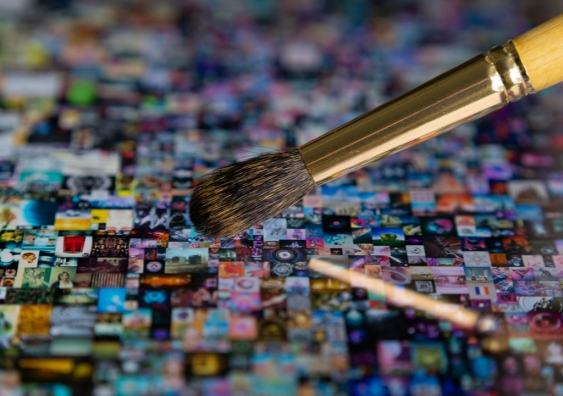Non-fungible tokens: a turning point for digital content creators and artists?
Non-fungible tokens (NFTs) may seem like a fad, but they are revolutionising how digital content creators and artists create business models, says UNSW Business School’s Eric Lim.

